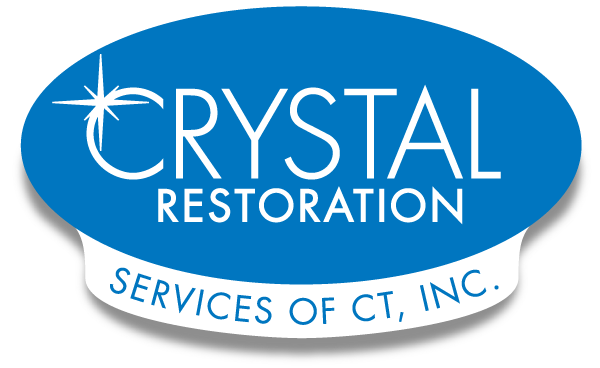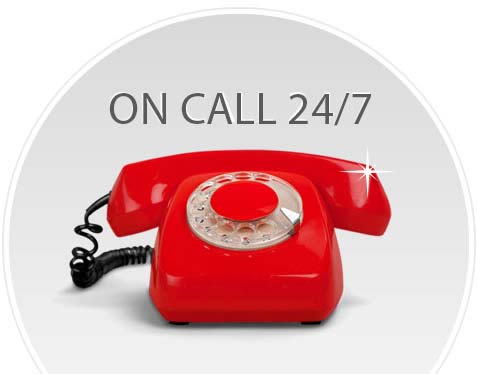Dos & Don’ts

Soot Damage Emergency Tips
Soot Damage is generally referred to as Furnace “Puff back”. Most people have never heard of a puff back. A puff back, or delayed ignition, occurs when your furnace or oil burner malfunctions. Atomized oil is delivered to the combustion chamber but is not immediately ignited. In the more severe cases, when the oil finally does ignite, it causes an “explosion” in the firebox, which rapidly fills up your basement with smoke. The color of the smoke can range from dark gray to black, depending on how much soot has been shaken loose from the burner. If it is not attended to quickly, the smoke and soot can spread throughout your entire home or building. More often than not, however, a puff back occurs gradually, over time, before you ever realize your furnace or burner is malfunctioning.
Determining if a soot damage puff back has occurred:
A puff back can display itself in various ways – some are easier to detect than others. In the more serious cases, soot will cover a majority or all of your home or business and may range from light to very heavy. If the soot is light and fine, you may at first think it is just ordinary dust. However, this “dust” reappears hours after being cleaned. Or you may notice “soot webs” – these look a lot like cobwebs but are darker in color. And there may be a strong odor of oil present. In other instances, the contamination may be very subtle and occur over an extended period of time. These types of puff backs are not immediately detectable. You may start to notice soot on your hands after touching walls or flat surfaces or see streaking after cleaning an area. Either way, the longer the soot is left on surfaces or furnishings, the greater the damage, resulting in a more expensive insurance claim and more extensive clean-up procedures.
Basic “Do’s and Don’ts” in the Event of Soot Damage (Furnace Puff back):
- DO call your furnace/boiler repair service to check that your heating unit is operating correctly.
- DO change the furnace filter. DO cover upholstered items with clean sheets before use.
- DO tape double pieces of cheesecloth over air registers with masking tape; be careful not to adhere the tape to walls as it may peel paint.
- DO blow off or brush-vacuum loose soot particles from upholstery, drapes, and carpet.
- DON’T attempt to clean or wash walls, ceilings or other absorbent surfaces.
- DON’T use “do-it-yourself” home carpet or upholstery cleaners.
Emergency Remediation of Residential & Commercial Properties, Large and Small.







